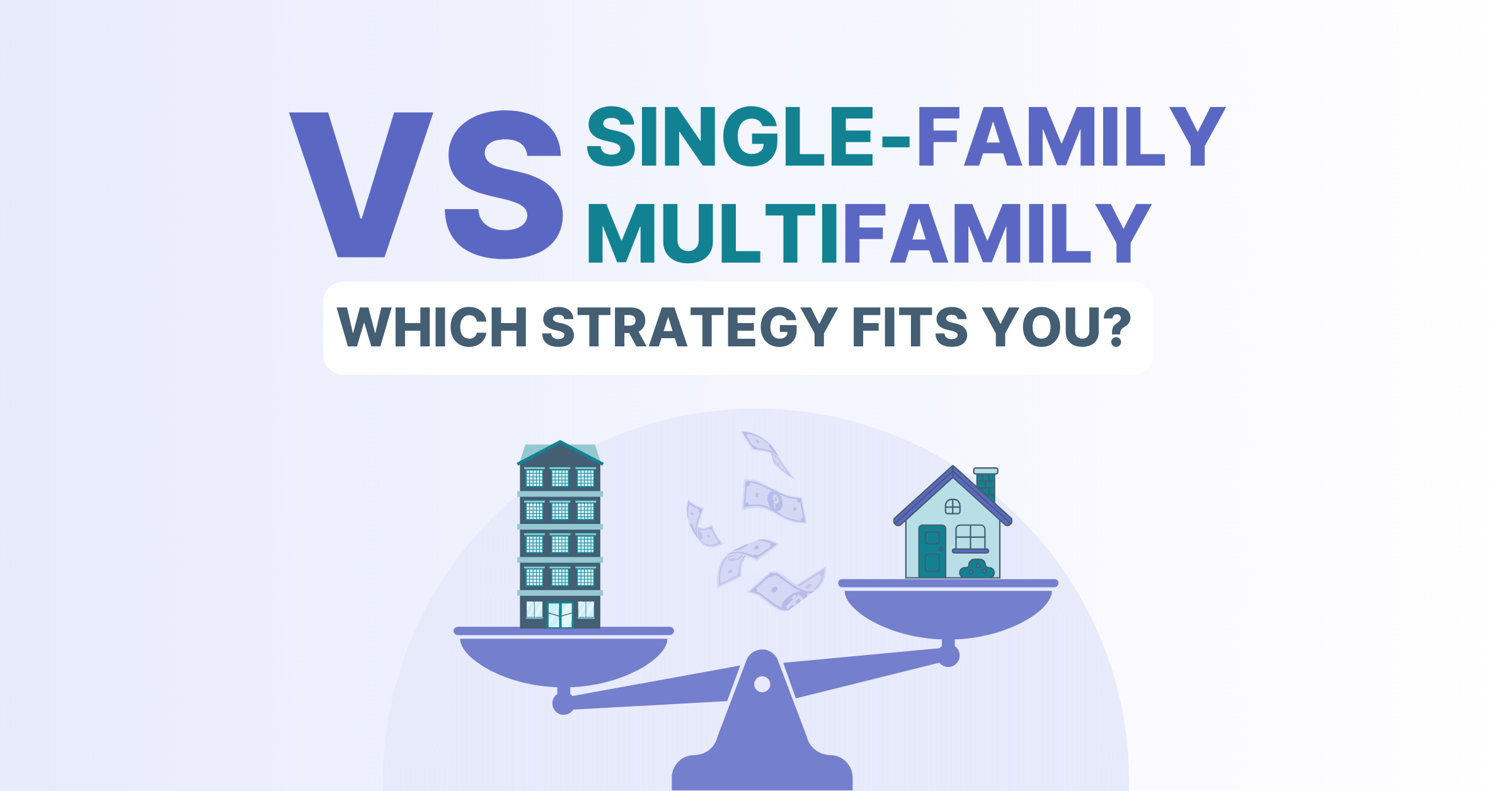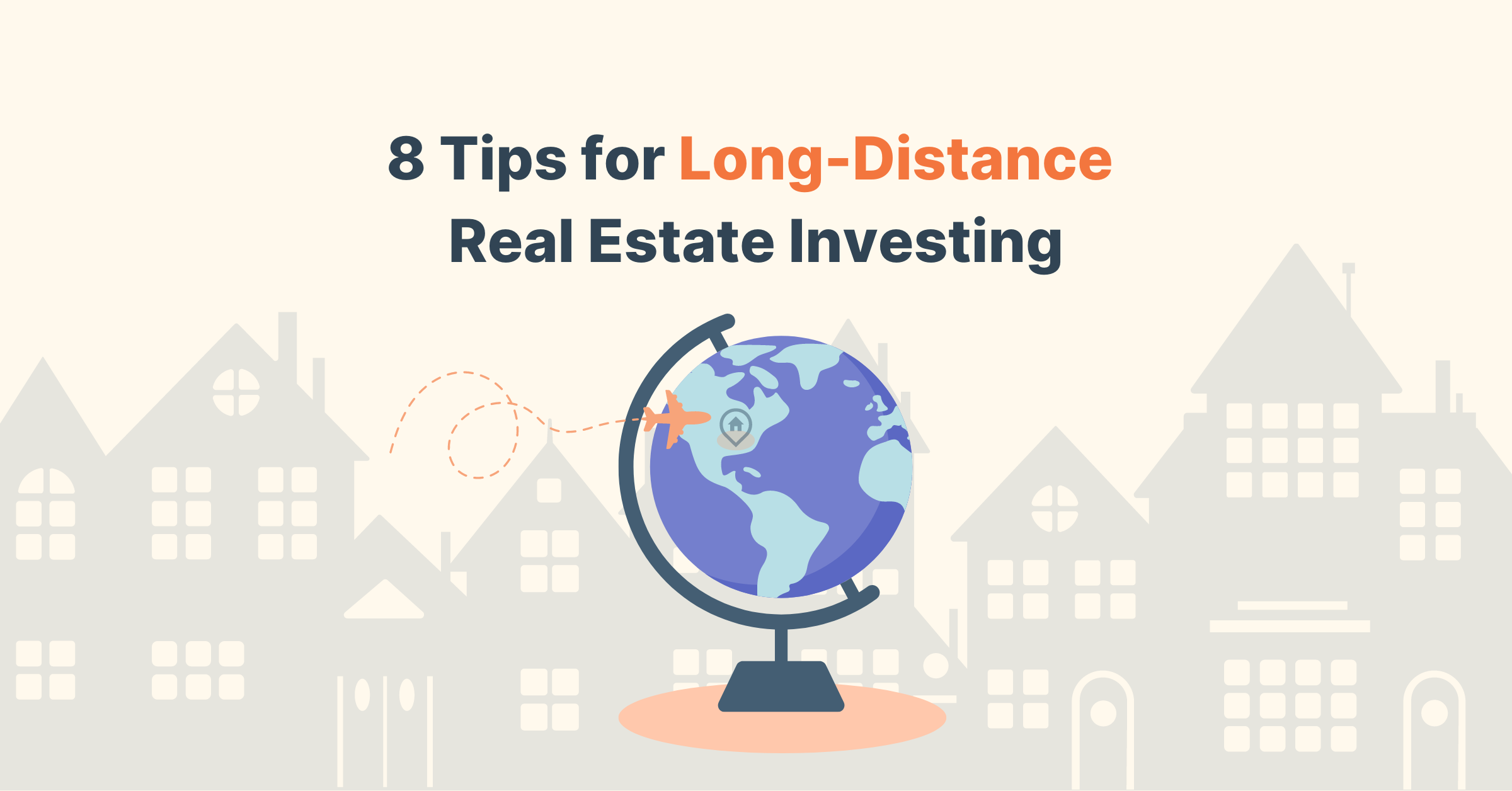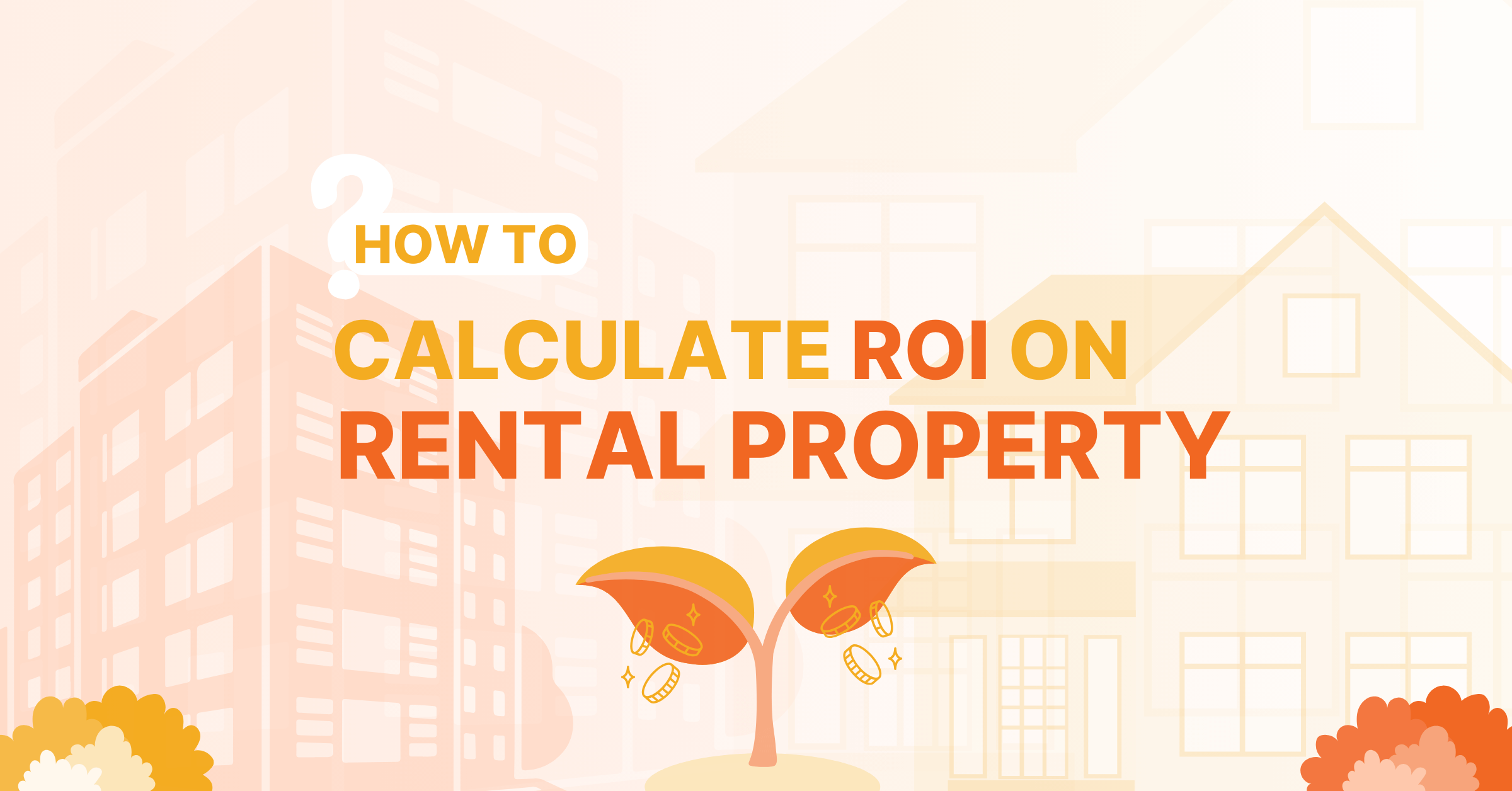The outbreak of COVID-19 hasn’t stopped buyers from entering the real estate market. In fact, many people are choosing to buy specifically because of the pandemic. But how does this impact investors? Is now a good time to buy investment properties?
Here are the pros and cons of buying an investment property during the COVID pandemic.
The Pros of Buying an Investment Property During the COVID Era
The biggest pros of buying an investment property now are the low interest rates and the possible increase in distressed properties that can be purchased at low prices.
Low Interest Rates Mean Favorable Loan Terms
The economic uncertainty of the pandemic has pushed mortgage interest rates even lower than they were during the time of the Great Recession. This allows you to purchase a more expensive property without increasing your monthly budget. A 1% interest-rate drop on a $250,000 loan adds around $30,000 to your budget. This increased buying power could also improve your ROI since less of your budget is going toward interest expense.
Economic Uncertainty May Result in More Distressed Properties
While many local housing markets are weathering the pandemic just fine, some markets are seeing more distressed properties (such as pre-foreclosures, involuntary liens or bankruptcies) due to today’s economic uncertainty. Tourist areas have been hit especially hard with many restrictions on restaurants, hotels and recreational facilities imposed in most states.
This could be an opportunity for investors to snag properties at lower-than-normal price points. Using smart tools such a PropStream’s Distressed Property Finder, you can filter your property search to focus on distressed properties and even get notified when a new lead meets your chosen criteria.
The Cons of Buying an Investment Property During the COVID Era
The biggest cons of buying an investment property now are the lender requirement changes, low lumber supply for rehabs and the inability to evict tenants for nonpayment.
Lenders May Have Tighter Requirements
While interest rates are low, lenders may be hesitant to loan money, given the financial uncertainty of the COVID-19 era. So you may need to meet tighter lending requirements.
CNBC reports that banks are “tightening lending standards across the board,” lowering credit limits and requiring higher minimum credit scores. So if you plan to buy an investment property, make sure your credit is good and your finances are in order.
Low Lumber Supply for Rehabs and Improvements
With so many people stuck at home with lots of time on their hands in 2020, home renovation projects have increased substantially. And this has created a country-wide lumber shortage. Of course lower supply means higher prices, and by some estimates, the lumber shortage has increased the cost of a new home by $14,000.
Before you jump into a renovation project on an investment property, make sure your cost estimates are as accurate as possible. PropStream’s Rehab Estimator Tool, for example, uses local labor and material costs so your estimate will be customized for your local market.
Evicting Tenants Could Be Tough
The Centers for Disease Control and Prevention (CDC) announced a temporary halt to residential evictions in 2020. This is partly to protect renters who lost their jobs due to business closures and downsizing from being evicted, but mostly to prevent further spread of the virus by putting people out on the street.
If you find yourself with a tenant who’s unable or unwilling to pay rent, you may be stuck without rental income for several months. Hopefully, the worst of the outbreak will be over shortly and people can get back to work and back to paying rent, but if there’s another viral outbreak, the precedent for halting evictions has now been set and could be extended into 2021.
Do the pros of buying an investment property during the COVID era outweigh the cons in your local market? Having the right tools to find and analyze investment deals will help you decide.



